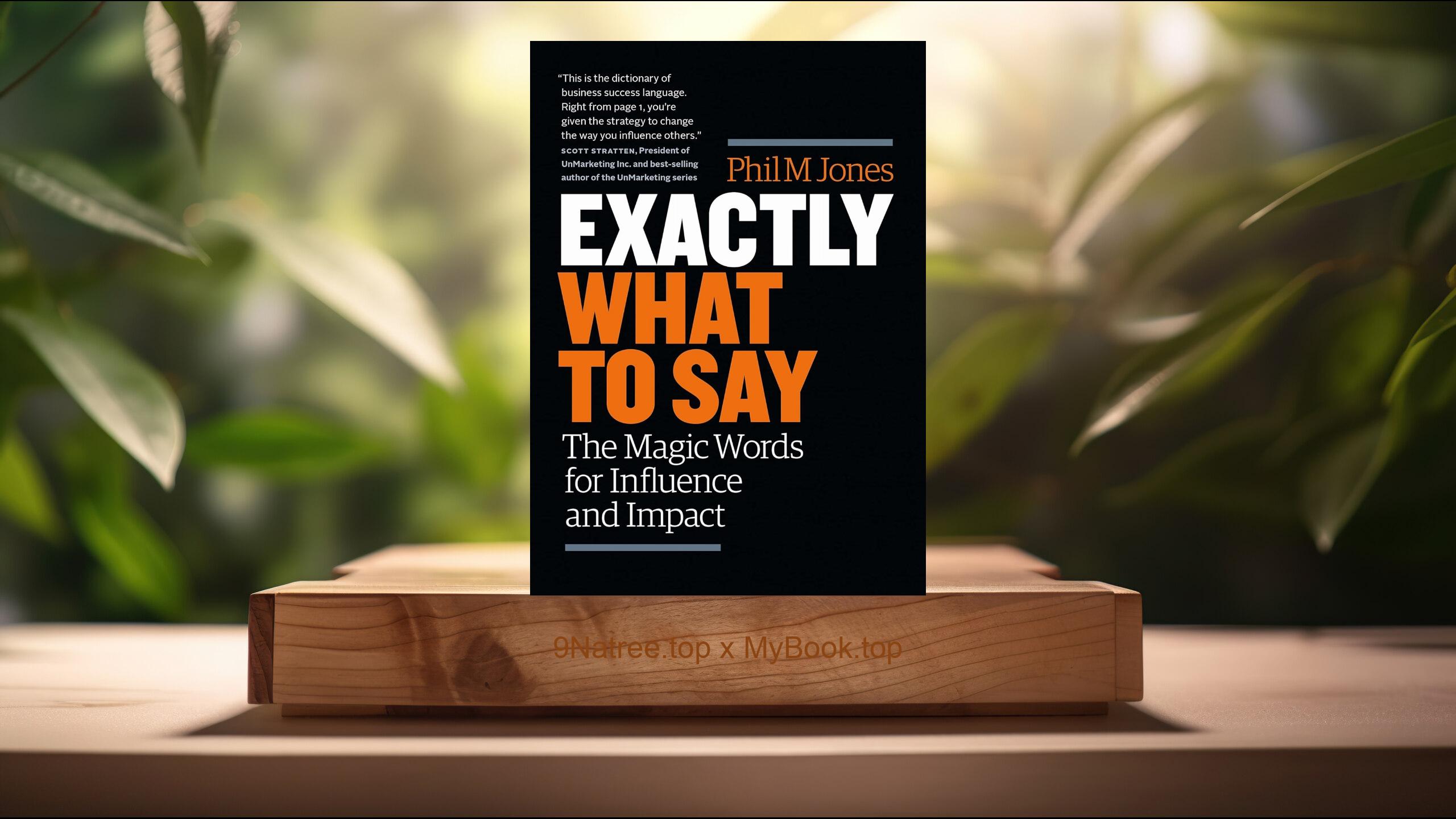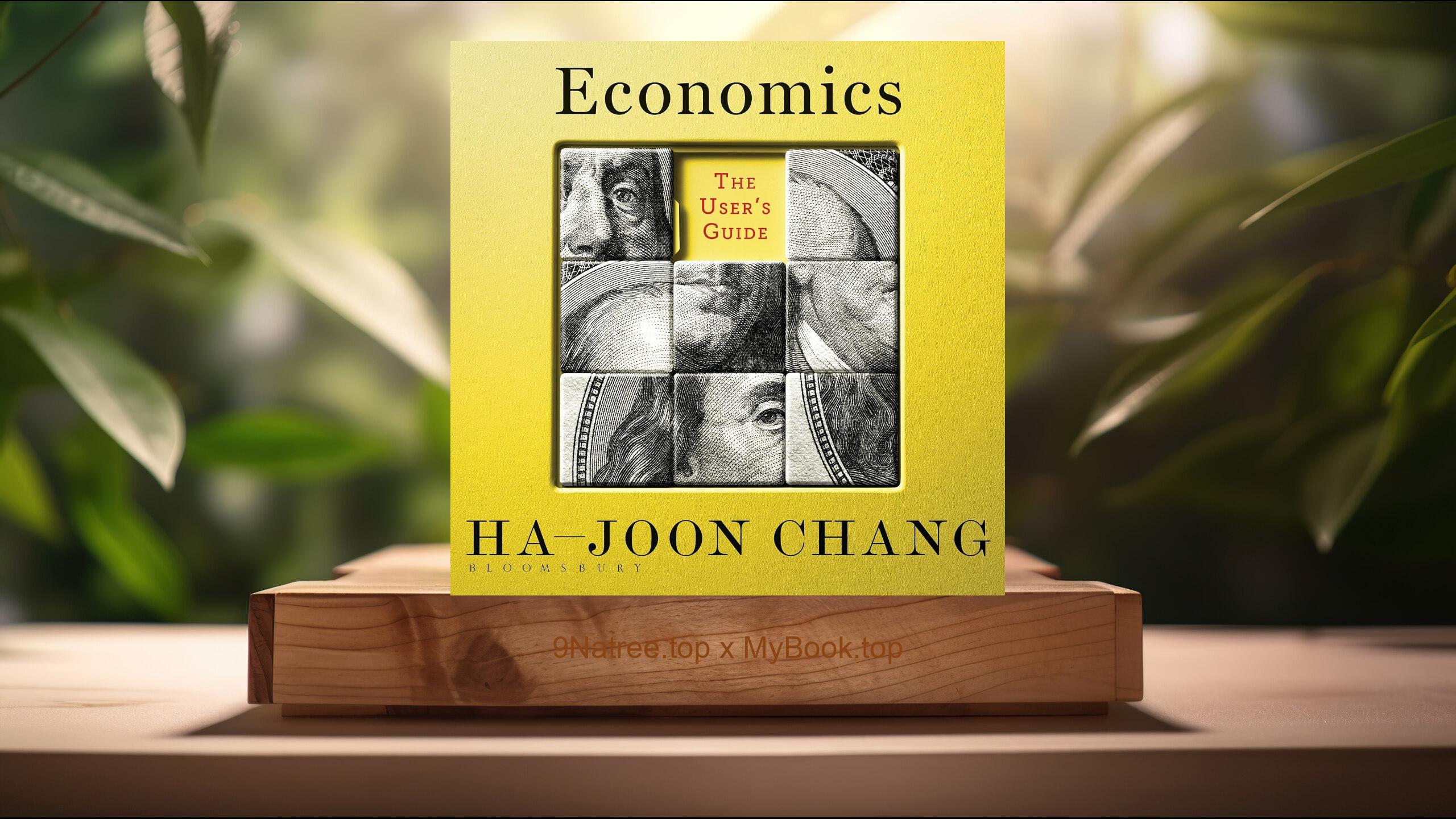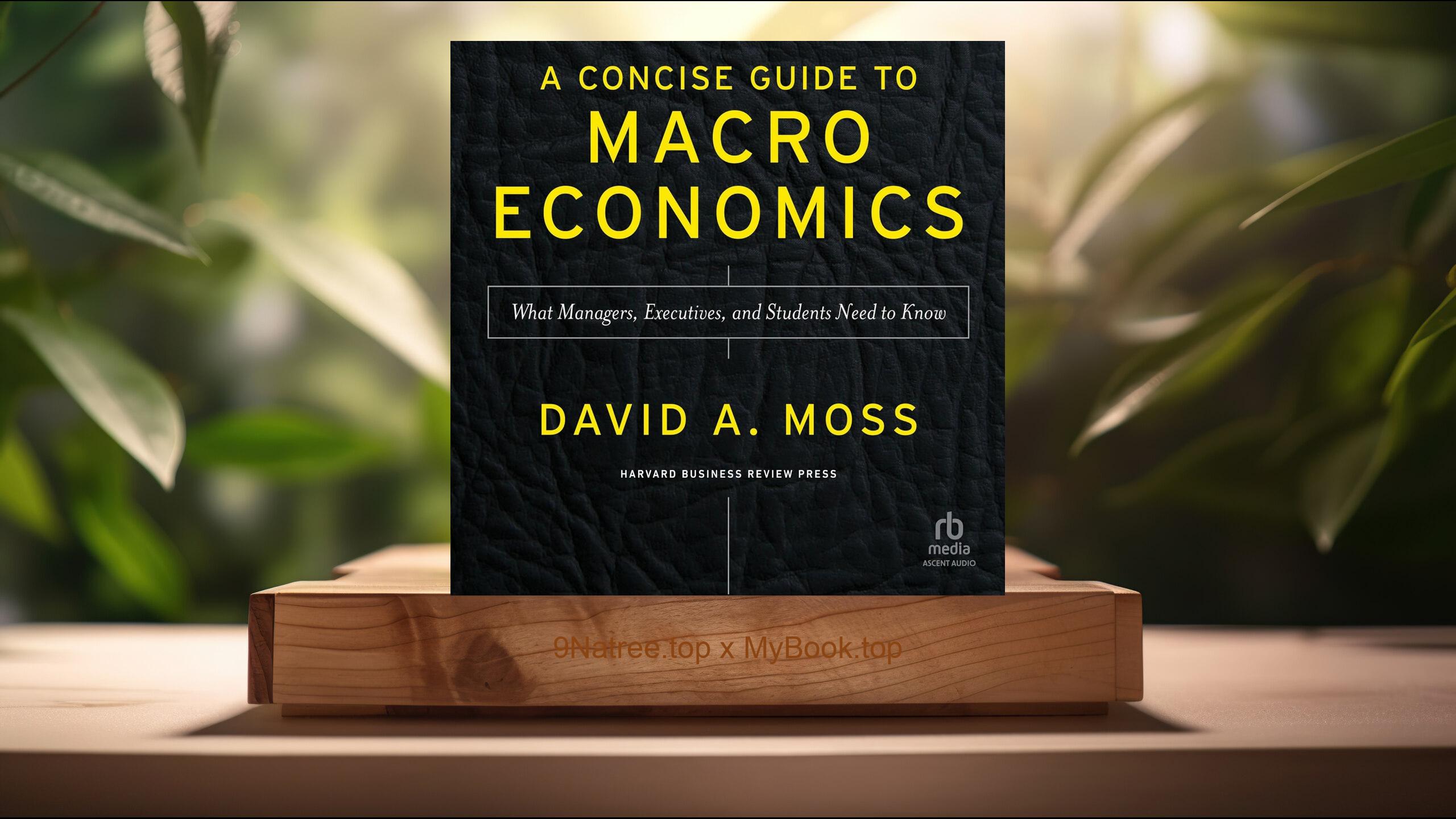Show Notes
- Amazon USA Store: https://www.amazon.com/dp/B00OFI25V0?tag=9natree-20
- Amazon Worldwide Store: https://global.buys.trade/How-to-Love-Thich-Nhat-Hanh.html
- Apple Books: https://books.apple.com/us/audiobook/how-to-love/id1441512319?itsct=books_box_link&itscg=30200&ls=1&at=1001l3bAw&ct=9natree
- eBay: https://www.ebay.com/sch/i.html?_nkw=How+to+Love+Thich+Nhat+Hanh+&mkcid=1&mkrid=711-53200-19255-0&siteid=0&campid=5339060787&customid=9natree&toolid=10001&mkevt=1
- Read more: https://mybook.top/read/B00OFI25V0/
#Mindfulness #ThichNhatHanh #Truelove #Relationshipadvice #Buddhistphilosophy #HowtoLove
These are takeaways from this book.
Firstly, Understanding Love as a Mindful Practice, Thich Nhat Hanh begins 'How to Love' by redefining love as a form of mindfulness, urging the reader to view love not just as a feeling, but as an ongoing practice. This approach is centered around the cultivation of presence, compassion, and understanding. He argues that to love truly, one must be present in the moment and fully aware of oneself and the other. This involves deep listening and the kind of attentive care that can only arise from true mindfulness. By embracing this perspective, individuals can transform their relationships and foster deeper connections.
Secondly, The Four Elements of True Love, One of the core teachings of the book revolves around the Four Elements of True Love according to Buddhist philosophy: loving-kindness (maitri), compassion (karuna), joy (mudita), and equanimity (upeksha). Hanh provides detailed explanations and practical examples on how to cultivate each of these qualities within oneself to enhance their capability for giving and receiving love. Loving-kindness promotes genuine care for another's happiness, compassion involves the willingness to alleviate suffering, joy relates to sharing happiness, and equanimity denotes the acceptance of the ups and downs of relationships.
Thirdly, The Role of Suffering and Compassion in Love, Hanh does not shy away from the suffering inherent in love and illustrates how mindfulness can help manage it. By recognizing and understanding our own pain, we learn not to inflict it on others. Compassion emerges from understanding and it is what transforms suffering into a pathway to deepen our relationships. Hanh encourages embracing suffering with a kind spirit, which in turn, permits us to experience compassion not only toward ourselves but also towards our partners. This deeper recognition fosters a more genuine connection and a robust foundation for lasting love.
Fourthly, Practical Exercises for Cultivating Love, Throughout 'How to Love', Thich Nhat Hanh does not just theorize but also offers practical mindfulness exercises designed to foster love. Techniques such as conscious breathing, walking meditation, and deep listening are explained with steps on how to integrate them into daily life. These practices encourage individuals to slow down and appreciate moments with loved ones fully. By bringing mindfulness to everyday actions, readers can enhance their capacity for love and expand their emotional resilience within relationships.
Lastly, Overcoming Obstacles in Relationships, Thich Nhat Hanh acknowledges that not all aspects of love are blissful. He discusses obstacles such as miscommunication, unrealistic expectations, and past traumas that might hinder one’s ability to love fully. Hanh provides wisdom on navigating these challenges using mindfulness and clear communication as tools. By adopting a mindful approach to conflict and misunderstanding, individuals can pave the way for healthier, more fulfilling relationships. He stresses the importance of patience and understanding in overcoming these barriers, which empowers readers to cultivate more harmonious connections.
![[Review] How to Love (Thich Nhat Hanh) Summarized](https://episodes.castos.com/660078c6833215-59505987/images/2080125/c1a-085k3-6zok194vs1-70wqtg.jpg)




